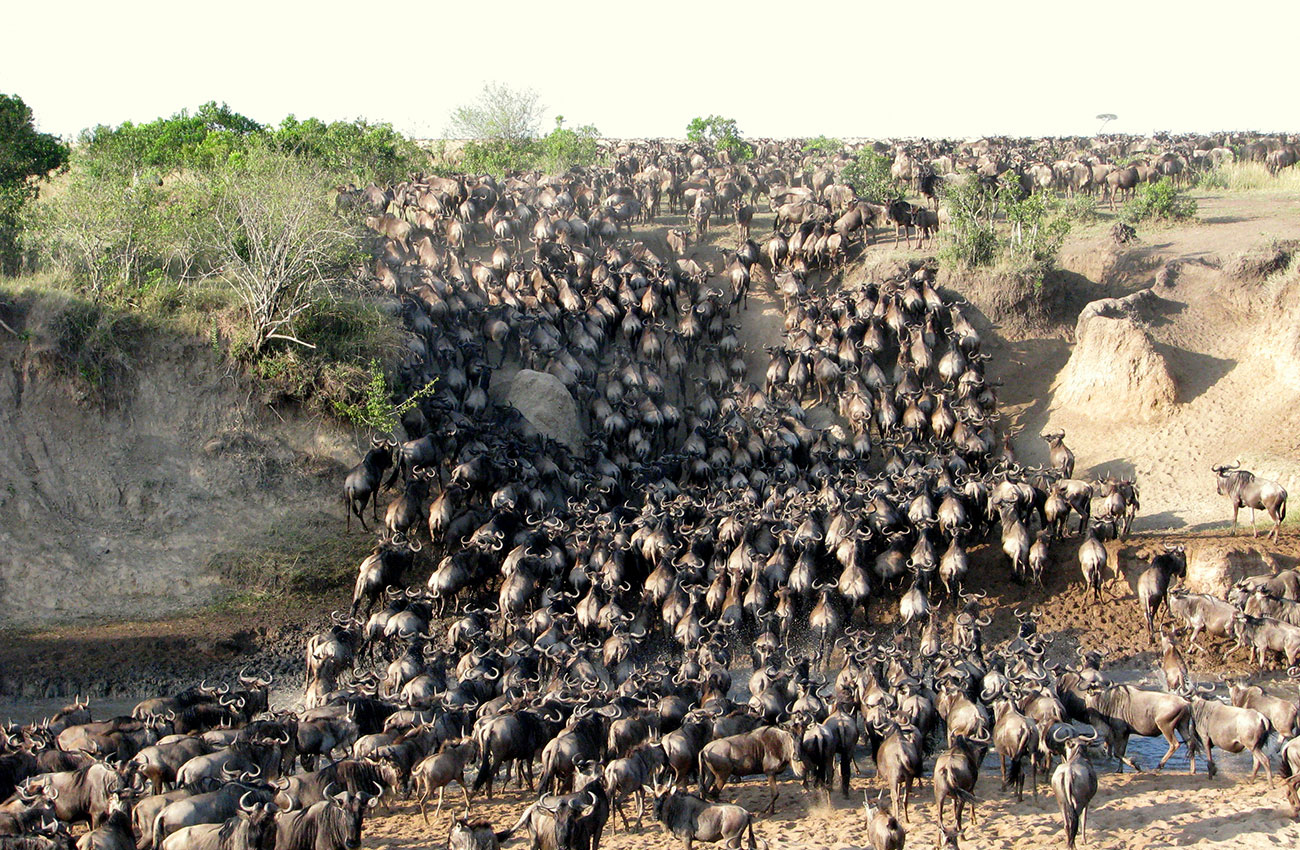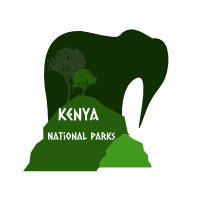
If someone told you about going for a safari to magical Kenya, the first destination that would come to your mind is definitely Maasai Mara National Reserve. It is undeniable that Kenya is one of the best African countries for memorable safari experiences and a trip to this remarkable Conservation Area is a testimony of that.
Locally known as the Mara, Maasai Mara is one of the best and must visit destinations in the continent and is popular Worldwide for its extraordinary wildlife species as well as magnificent landscapes. It is nestled within the Great Rift Valley, a fault line of 5600 kilometers (3500 miles) long extending from Ethiopia’s Red Sea through Kenya, Malawi, Tanzania and Mozambique in mainly open grassland in Narok County (south-western Kenya) and is contiguous with Tanzania’s Serengeti National Park in the Mara region. The topography is majorly open savannah grassland dotted with acacia trees along the south-eastern side of the Reserve, and Mara and Talek rivers flow through the rolling plains of Maasai Mara Reserve but also several seasonal Rivers appear during the rainy season although dry out immediately the rains are gone.
Maasai Mara was formally established into a wildlife Sanctuary in 1961 (extending for only 520 square kilometers/200 square miles of the current area) but was later extended to the East to cover 1821 square kilometers (703 square miles) and eventually was converted into a game Reserve then part of it became a National Reserve in 1974. This National Reserve was further reduced to its current size of 1510 square kilometers (580 square miles) in 1984 but unlike other National Parks, Maasai Mara is surprisingly not managed by Kenya Wildlife Service (KWS) but rather the Narok County government/administration. The eastern part (which is undeniably the most visited) is governed by Narok County Council whereas the western part (also referred as Mara Triangle) is managed by the Trans-Mara county council, which is also the contracting management to Mara Constituency.
Maasai Mara National Reserve was named in honor of the Maasai tribe, who are the indigenous people of the area where the Reserve is currently found. They were ancient pastoralists known for their warrior-behavior and were once required to kill a lion to prove manhood and strength. Maasai are also known for their red robes and beaded jewelry as well as the fact that they move from one place to another in search of water resources and fresh pastures for their livestock. Whereas some of the Maasai are abandoning pastoralism and adjusting to modern life, majority of them still maintain their traditions such as the initiation rituals for boys to manhood and defined roles and responsibilities for women and men of every age within society.
This Conservation Area is made up of four main types of landscapes that include the Mara Triangle bordering Mara River with verdant grassland and acacia woodlands supporting large numbers of wildlife including the migrating wildebeests, the Ngama Hills to the east with sandy soil and leafy bushes favored by the famous Black rhinos, the Central Plains that form the most extensive part of the National Reserve with dispersed bushes and boulders on the rolling grasslands and are loved by the plains wildlife and finally the Oloololo Escarpment that forms the western border of the Reserve and rises to a breathtaking plateau.
It should be noted that Maasai Mara National Reserve is only a part of the Greater Mara Ecosystem that covers several ranches such as Maji Moto, Ol Derkesi, Oloirien, Ol Chorro, Kimintet, Lemek, Siana, Oirowua, Naikara, Koiyaki, Kerinkani and Olkinyei.
This extensive Wildlife Reserve stands at an elevation of 1486 meters to 2149 meters (4875 to 7052 feet) above sea level thus offering it a humid climate and average temperature than majority of the areas in Kenya. The daytime temperature is at 30 celcius degrees and night drops to about 15 celcius degrees. Most rains between March to May and during the short rainy season from November to December.
The months of July to October are dry but the vegetation is verdant and the daytime temperatures are pleasing hence making it the best time for tourists to spot numerous wildlife species. The Reserve experiences the highest visitor numbers during this season but hot temperatures climax from December to January while June and July are the coolest months of the year within the Protected Area.
Attractions and Activities within Maasai Mara National Reserve
Maasai Mara National Park is popular for the annual wildebeest migration where over 2 million wildebeests, zebras and antelopes move across the unfenced borders of Serengeti National Park and the Mara. From the end of July to November, millions of animals scatter the great plains of the Maasai Mara thus one of the most jaw-dropping natural wonders.
This National Reserve is also famous for its extraordinary population of wildlife species, with over 95 mammal species, reptiles and Amphibians that include the Big five animals (lions, leopards, African elephants, Cape buffaloes and Black rhinos), zebras, cheetahs, Hippos and Crocodiles within the Mara River, warthogs, bat-eared foxes, giraffes, bat-eared foxes, hyenas, jackals, baboons, Antelopes such as Topis, Elands, reed bucks, waterbucks, Thomson’s gazelles, hartebeests, Oribis, roan antelopes, duikers, Impalas and Grant’s gazelles among others.
When it comes to birds, Maasai Mara National Reserve is a real Paradise with over 470 species of birds, most of which are migratory species as well as more than 60 species of raptors. Others include African pygmy/pygmy falcons, Jackson’s bustards, vultures, Lilac-breasted rollers (Kenya’s National bird), black-bellied Hartlaubs bustards, Marabou storks, Grey crowned cranes, guinea fowls, Pel’s fishing owls, Red-winged schalow’s turacos, secretary birds, Ostriches, hornbills, long-crested eagles and many others.
Therefore, the activities you should expect to enjoy within this destination include day game drives/viewing, night game drives, Camping, bird watching, hot air balloon rides, wedding photography, bush meals (breakfast, lunch and dinner) and visits to the Maasai cultural villages among others.
Best Time to visit Maasai Mara National Reserve
This destination is accessible all year round but the Peak season is usually between July and October (during the annual wildebeest migration) although from early November to February is ideal for unforgettable game viewing (game drives).
Places to Stay Within Maasai Mara National Reserve
Just like its beauty and numerous wildlife species, Maasai Mara National Reserve is endowed with a number of comfortable accommodation facilities (mainly Camps) that include Mara Serena Safari Lodge, Cottar’s 1920s Safari Camp, Mara Explorer Camp, Basecamp Masai Mara, Bateleur Camp, Keekorok Lodge, Fairmont Mara Safari Club, Governors Private Camp, Governors II Moran Camp, Elephant Pepper Camp, Enkewa Mara Camp, Little Governors Camp, Elewana Sand River, Mpata Safari Club, Mara Bush Camp, Matira Camp, Mara Expedition Camp, Naibor Main, Kilima Camp, Mara Siria Tented Camp, Sentinel Mara Camp, Kichwa Tembo Tented Camp, Mara Plains Camp, Olonana Tented Camp, Mara Ngenche Luxury Tented Camp, Kicheche Bush Camp, Acacia House, Mara West Chalets and many others.
How to reach the National Reserve
Maasai Mara National Reserve is located at around 241 kilometers (150 miles) south-east of Nairobi City and can be accessed through air and road transport whereby with the latter, you take a bus, taxi or use private means from Nairobi to Maasai Mara and lasts approximately 5 hours. The roads are all weather but 4WD vehicles are recommended during the rainy season. With the former, you can book a scheduled flight from Jomo Kenyatta International Airport (JKIA) or Wilson Airport in Nairobi to any of the three airstrips (Musiara, Keekorok and Olkiombo) and interestingly flight lasts only 45 minutes. Nonetheless, you can also organize flights from Mombasa to this wonderful destination.
In conclusion, Maasai Mara National Reserve is the most popular tourist destination within magical Kenya and is known for the annual migration where over 2 million wildebeests, zebras and antelopes move across the unfenced borders of the Mara and Tanzania’s Serengeti National Park. This destination also boasts of large numbers of game including the Big five (lions, leopards, buffaloes, elephants and Rhinos), hyenas, giraffes, warthogs, antelopes such as Oribis, gazelles and topis and many others.
